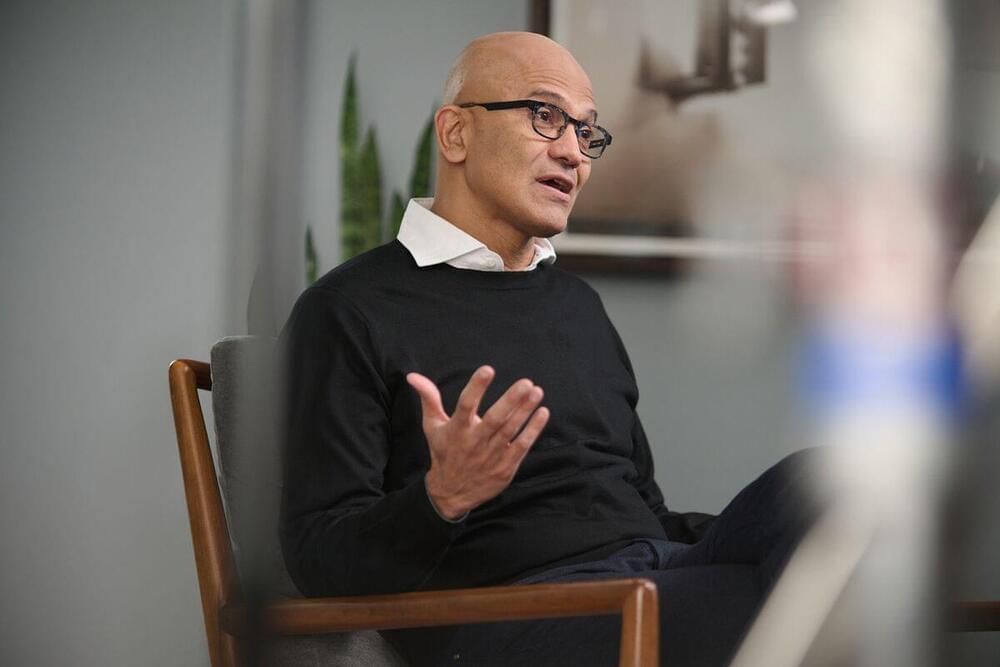ETH Zurich researchers have developed a structure that can switch between stable shapes as needed while being remarkably simple to produce. The key lies in a clever combination of base materials.
Get the latest international news and world events from around the world.


We Finally Know How Photosynthesis Starts: It Takes Just a Single Photon
During photosynthesis, a symphony of chemicals transforms light into the energy required for plant, algal, and some bacterial life. Scientists now know that this remarkable reaction requires the smallest possible amount of light – just one single photon – to begin.
A US team of researchers in quantum optics and biology showed that a lone photon can start photosynthesis in the purple bacterium Rhodobacter sphaeroides, and they are confident it works in plants and algae since all photosynthetic organisms share an evolutionary ancestor and similar processes.
The team says their findings bolster our knowledge of photosynthesis and will lead to a better understanding of the intersection of quantum physics in a wide range of complex biological, chemical, and physical systems, including renewable fuels.



Aging Is the Real Population Bomb
Population aging is the top global demographic trend; the pandemic can teach us how to prepare for it.
Total world population passed the 8 billion milestone on November 15, 2022. The progression from 7 to 8 billion people took a mere 12 years, conjuring up long-standing fears associated with rapid population growth, including food shortages, rampant unemployment, the depletion of natural resources, and unchecked environmental degradation.
But the most formidable demographic challenge facing the world is no longer rapid population growth, but population aging. Thoughtful preparedness—combining behavioral changes, investment in human capital and infrastructure, policy and institutional reforms, and technological innovations—can enable countries to meet the challenge and take advantage of the opportunities presented by demographic change.

Underground navigation maybe possible with cosmic-ray muons, research shows
Superfast, subatomic-sized particles called muons have been used to wirelessly navigate underground for the first time. By using muon-detecting ground stations synchronized with an underground muon-detecting receiver, researchers at the University of Tokyo were able to calculate the receiver’s position in the basement of a six-story building.
As GPS cannot penetrate rock or water, this new technology could be used in future search and rescue efforts, to monitor undersea volcanoes, and guide autonomous vehicles underground and underwater. The findings are published in the journal iScience.
GPS, the global positioning system, is a well-established navigation tool and offers an extensive list of positive applications, from safer air travel to real-time location mapping. However, it has some limitations. GPS signals are weaker at higher latitudes and can be jammed or spoofed (where a counterfeit signal replaces an authentic one). Signals can also be reflected off surfaces like walls, interfered with by trees, and can’t pass through buildings, rock or water.
IBM Makes the Best Quantum Computer Open to Public
IBM in collaboration with UC Berkeley researchers announced a recent breakthrough experiment which indicates that quantum computers will soon surpass classical computers in practical tasks.
Now, the company is taking another major step that has never been done before by it. The company is making the 127-qubit quantum computer publicly available over IBM Cloud.
The IBM researchers measured the noise in each qubit and extrapolated their measurements to predict the system’s behaviour without noise. They successfully ran calculations involving all 127 qubits of the Eagle processor, marking the largest reported experiment of its kind.


How Generative AI Can Augment Human Creativity
There is tremendous apprehension about the potential of generative AI—technologies that can create new content such as text, images, and video—to replace people in many jobs. But one of the biggest opportunities generative AI offers is to augment human creativity and overcome the challenges of democratizing innovation.
In the past two decades, companies have used crowdsourcing and idea competitions to involve outsiders in the innovation process. But many businesses have struggled to capitalize on these contributions. They’ve lacked an efficient way to evaluate the ideas, for instance, or to synthesize different ideas.
Generative AI can help overcome those challenges, the authors say. It can supplement the creativity of employees and customers and help them produce and identify novel ideas—and improve the quality of raw ideas. Specifically, companies can use generative AI to promote divergent thinking, challenge expertise bias, assist in idea evaluation, support idea refinement, and facilitate collaboration among users.